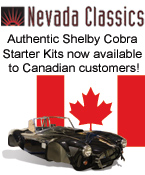
07-18-2005, 07:18 PM
|
|
CC Member

|
|
|
Join Date: Oct 2001
Location: canada,
Posts: 13
|
|

 Not Ranked
Not Ranked
 strokers
strokers
so many different combos out there...anyone got any input on how big you can go and still maintain drivability and some kind of reasonable relyability? i see combos all the way to 806 CID!
|


